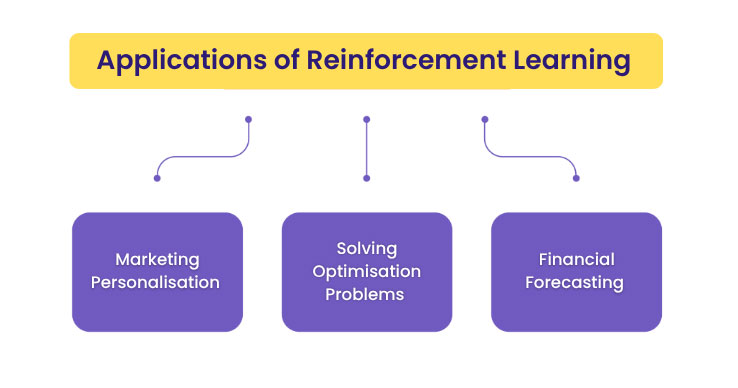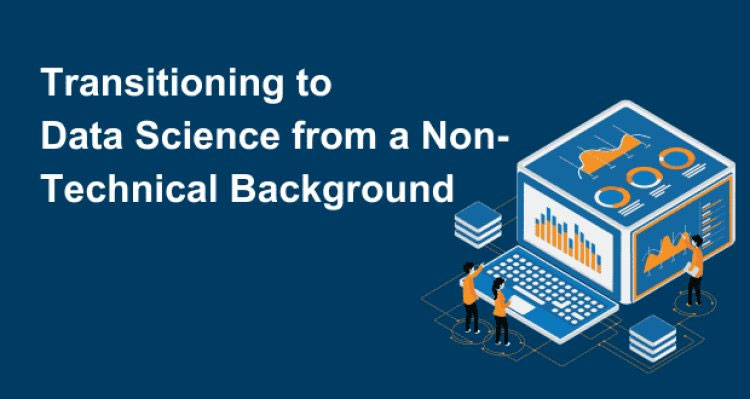Data mining has become an indispensable process for extracting valuable insights from vast datasets. At the heart of this transformative journey lies a crucial step known as data transformation.
Data transformation in data mining involves cleaning, organizing, and modifying raw data, preparing it for analysis, and enabling data mining algorithms to work their magic. Imagine data transformation as a master sculptor shaping raw data into a refined masterpiece that reveals the hidden stories within.
In this article, we will explore the significance of data transformation in data mining, shedding light on its role with the help of a real-life example.
You’re reading the article, Methods of Data Transformation in Data Mining.
Understanding Data Transformation in Data Mining
Data transformation is the process of converting raw data into a structured format, making it suitable for analysis. This crucial step involves cleaning, organizing, and modifying data to enhance its quality and ensure it aligns with the requirements of data mining algorithms. The primary goal is to eliminate inconsistencies and errors that may arise due to incomplete, inaccurate, or irrelevant data.
Why Data Transformation Matters
Data transformation is of utmost importance because high-quality data translates into reliable and meaningful insights. If the data is not pre-processed properly, the results obtained from data mining can be misleading or even incorrect. For instance, consider a dataset containing the ages of individuals, and some entries are recorded as text (e.g., “thirty-five” instead of 35). By transforming such entries into numeric values, we ensure consistency, allowing algorithms to interpret and process the data correctly.
You’re reading the article, Methods of Data Transformation in Data Mining.
Data Transformation Techniques
- Normalization: Normalization is a widely used technique that scales numerical data to a standard range, typically between 0 and 1. It ensures that variables with different units and scales have equal weightage during analysis. For example, in a dataset featuring both income and age, normalization will bring them to a common scale, preventing one from dominating the analysis due to its larger value range.
- One-Hot Encoding: Categorical variables often pose a challenge during data mining, as algorithms typically work with numeric data. One-hot encoding helps address this by converting categorical variables into binary vectors, where each category becomes a separate binary feature. For instance, a “Color” variable with values like “Red,” “Blue,” and “Green” will be transformed into three binary columns: “IsRed,” “IsBlue,” and “IsGreen.”
- Feature Scaling: Feature scaling aims to standardize the range of independent variables, ensuring they have the same impact on data mining algorithms. Common scaling techniques include min-max scaling and z-score scaling. This is particularly beneficial when dealing with algorithms sensitive to the magnitude of input features, such as gradient descent in machine learning.
Data Transformation Overview (image by author from www.visual-design.net)
You’re reading the article, Methods of Data Transformation in Data Mining.
Data Transformation in Real-Life
Let’s consider a practical example to understand data transformation better. Suppose a retail company wants to analyze customer buying patterns to optimize its product offerings. The dataset contains customer names, ages, product categories, and purchase amounts.
| Customer Name | Age | Product Category | Purchase Amount |
|---------------|-----|------------------|-----------------|
| John | 30 | Electronics | $100 |
| Sarah | 25 | Clothing | $75 |
| Michael | 40 | Home Decor | $120 |
| Emma | 35 | Electronics | $90 |
| David | 28 | Clothing | $60 |
| Lisa | 50 | Electronics | $110 |You’re reading the article, Methods of Data Transformation in Data Mining.
Before applying data mining techniques, the following transformations are essential:
- Age Transformation: The company applies normalization to the “age” variable, bringing it within a standardized range. By doing so, the age data is represented uniformly, ensuring equal importance during the analysis. For instance, an age value of 30 years might be transformed to 0.3 after normalization.
| Customer Name | Normalized Age | Product Category | Purchase Amount |
|---------------|----------------|------------------|-----------------|
| John | 0.3 | Electronics | $100 |
| Sarah | 0.2 | Clothing | $75 |
| Michael | 0.5 | Home Decor | $120 |
| Emma | 0.4 | Electronics | $90 |
| David | 0.25 | Clothing | $60 |
| Lisa | 0.6 | Electronics | $110 |You’re reading the article, Methods of Data Transformation in Data Mining.
- Categorical Data Transformation: Dealing with categorical variables like “product categories” can be challenging for data mining algorithms. To address this, the company employs one-hot encoding. Each unique product category, such as “Electronics,” “Clothing,” and “Home Decor,” becomes a separate binary feature. This transformation allows the algorithms to comprehend and interpret the relationships between different product preferences effectively.
| Customer Name | Normalized Age | Electronics | Clothing | Home Decor | Purchase Amount |
|---------------|----------------|-------------|----------|------------|-----------------|
| John | 0.3 | 1 | 0 | 0 | $100 |
| Sarah | 0.2 | 0 | 1 | 0 | $75 |
| Michael | 0.5 | 0 | 0 | 1 | $120 |
| Emma | 0.4 | 1 | 0 | 0 | $90 |
| David | 0.25 | 0 | 1 | 0 | $60 |
| Lisa | 0.6 | 1 | 0 | 0 | $110 |You’re reading the article, Methods of Data Transformation in Data Mining.
- Feature Scaling: As purchase amounts can vary significantly, the retail company applies feature scaling to standardize the range of purchase values. By doing so, the purchase amounts no longer overshadow other variables during the analysis. For instance, a purchase of $100 might be scaled down to $0.1 after feature scaling.
| Customer Name | Normalized Age | Electronics | Clothing | Home Decor | Scaled Purchase Amount |
|---------------|----------------|-------------|----------|------------|-----------------------|
| John | 0.3 | 1 | 0 | 0 | 0.5 |
| Sarah | 0.2 | 0 | 1 | 0 | 0.25 |
| Michael | 0.5 | 0 | 0 | 1 | 0.75 |
| Emma | 0.4 | 1 | 0 | 0 | 0.45 |
| David | 0.25 | 0 | 1 | 0 | 0.15 |
| Lisa | 0.6 | 1 | 0 | 0 | 0.65 |With these essential data transformations completed, the retail company’s dataset is now a refined and structured masterpiece. They are ready to dive into the realm of data mining, where they can extract meaningful insights and patterns to optimize their product offerings and cater to their customers’ preferences effectively.
You’re reading the article, Methods of Data Transformation in Data Mining.
In conclusion, data transformation is the backbone of successful data mining endeavors. By pre-processing data through techniques like normalization, one-hot encoding, and feature scaling, we can extract meaningful insights and patterns from complex datasets. Understanding the importance of data transformation empowers businesses and individuals to make informed decisions based on accurate and reliable data analysis.
Embark on the exciting journey of data mining and master the art of data transformation. Explore online courses for data science and learn Python online, empowering yourself with essential skills for this data-driven era. Choose the best data science institute in Noida or any other location to acquire hands-on experience with cutting-edge data mining tools and techniques.
Unleash the true potential of data transformation and discover the treasure trove of insights hidden in your data.
Hope you liked reading the article, Methods of Data Transformation in Data Mining. Please share your thoughts in the comments section below.








